リズ・トーマスのハイキング・アズ・ア・ウーマン#31 / 冬のPCTセクションハイキング
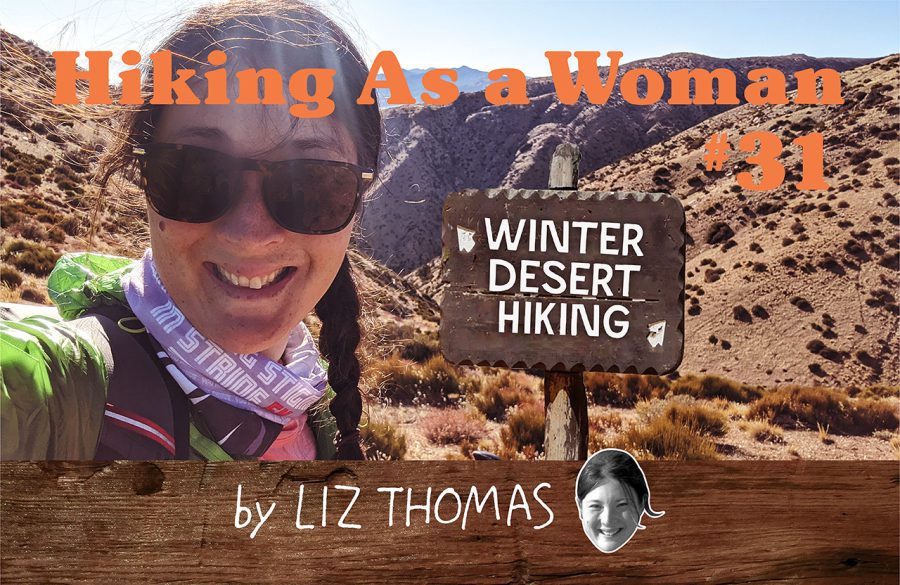
Winter PCT Desert Hike
My recent backpacking trip took advantage of the cooler weather in Southern California to hike the desert sections of the PCT.
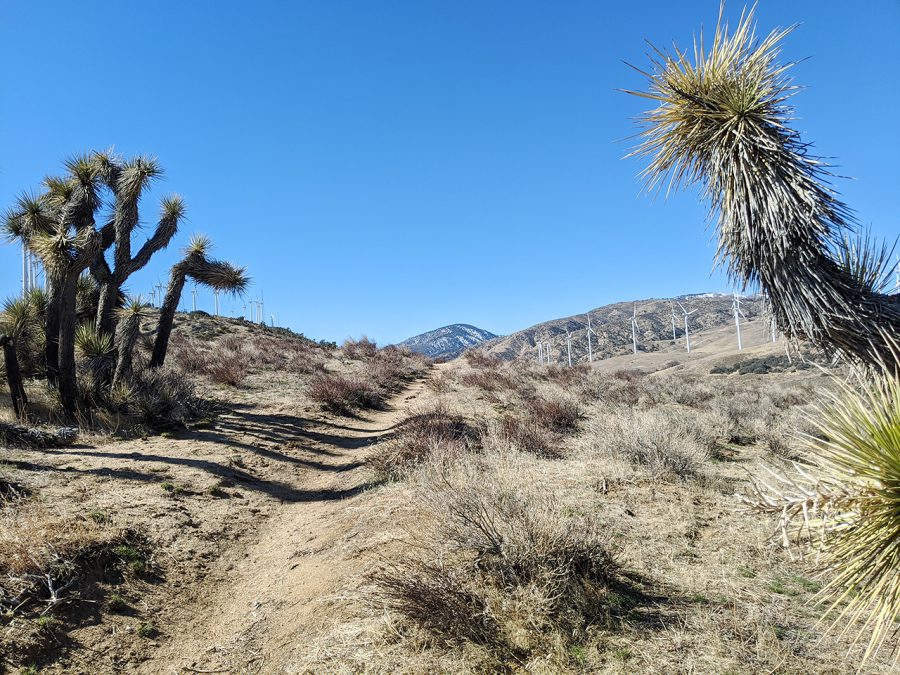
Yucca and Joshua Trees and windmills by Tehachapi.
When most northbound thru-hikers reach these sections, it is over 100F degrees during the day with few flowing water sources. There are not many trees and shady spots to rest. But hiking these sections in February has been a pleasure. This winter and during the pandemic, I’ve learned more about the advantages to section hiking parts of longer trails.
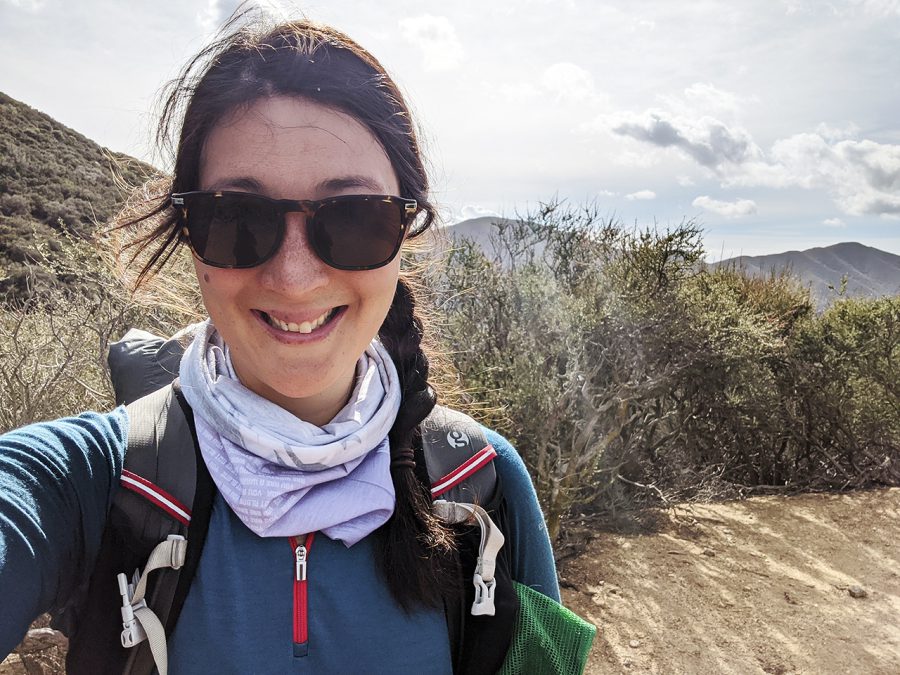
Selfie near the mountains of Green Valley, near where the Anderson Trail Angels live and host hikers at Casa de Luna.
I thru-hiked the PCT from Mexico to Canada in 2009. In 2013, I attempted a Fastest Known Time on the PCT but did not make it all the way through Southern California. Since then, I have been section hiking to complete my second end-to-end hike of the trail. In 2014, I hiked Washington. In 2019, I hiked Oregon and Northern California. Since I live in Southern California, I have been hiking what I have left of Southern California during cooler months of the year.
I recently hiked Sections D and E southbound, from the windfarms of Tehachapi to the foothill of the San Gabriel mountains a little before most northbounders reach Agua Dulce, home to the famous Sauffley’s Trail Angels. The grass and chaparral in the hills were green in early spring. Even when hiking uphill, it wasn’t too hot. I didn’t have to carry nearly as much water to stay hydrated. Best yet, temperatures were cool enough that the snakes were staying in their burrows!
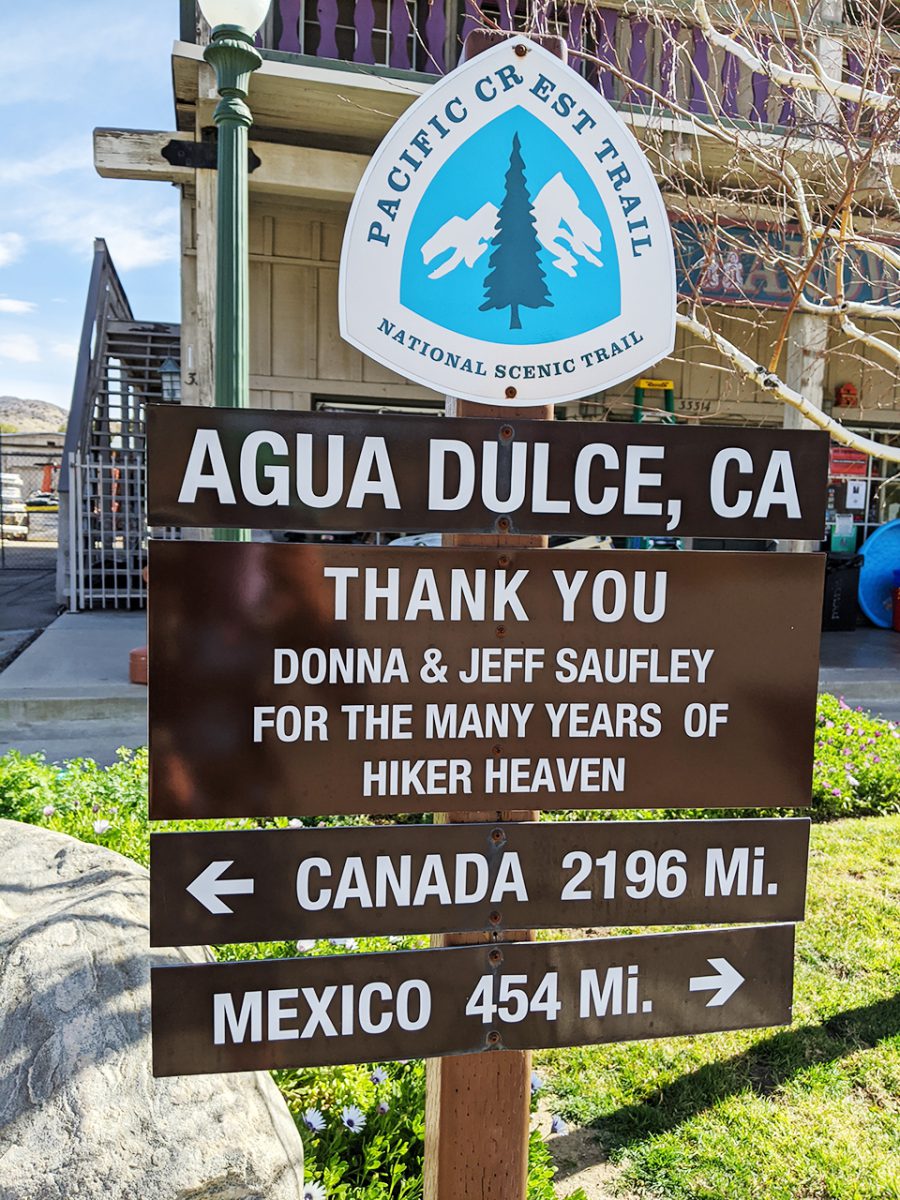
A sign in Agua Dulce, a trail town, honors the Sauffleys Trail angels.
Although the desert section is a relatively mild part of the PCT to explore in the winter, like all hikes, it’s important to be prepared by checking the weather, having the right gear, and being willing to sit out storms. I cut my hike short by 7 miles due to the cold. On a thru-hike, I would’ve hitched into town to sit out that storm or otherwise set up my tent early to warm up my body. About 15 years ago, a day hiker passed away from hypothermia on this section during a fluke storm. Her story is a reminder to me that it doesn’t matter if you think you are going for a desert hike on a beautiful day—temperatures can change quickly in the mountains and we are at the weather’s mercy.
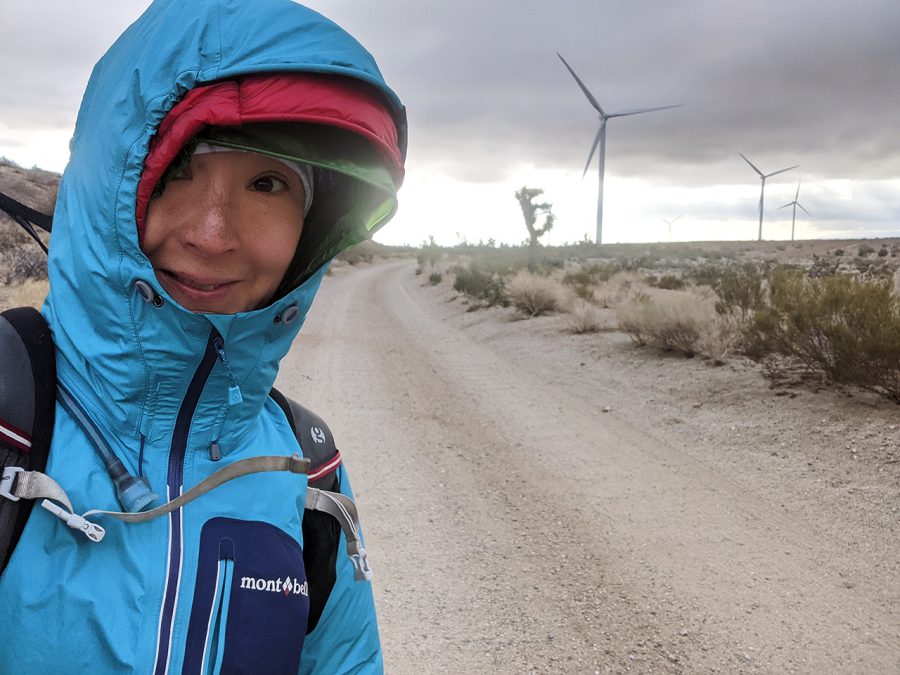
The aqueduct was so cold, that I had to hike in 4 layers, my rain jacket, down jacket, windshirt, and baselayer.
During coronavirus, I usually prefer to hike on less crowded hiking trails. The exception is the PCT, which is generally quite popular. But even on a beautiful Saturday, I didn’t see many people on my section hike. There were a few trail runners (I believe there may have been a time-yourself-to-stay-safe-during-coronavirus trail marathon). There were also a fair amount of day hikers in the popular Vasquez Rock Natural area. But everyone could keep their distance from one another. There were two spots on my section hike where I hiked 15 miles at a time without seeing another human. Fewer people on the trail also means more opportunities to see wildlife. A herd of mule deer surprised me on a ridge in the Tehachapi mountains, the only living (not plant or insect) beings I had seen all day.
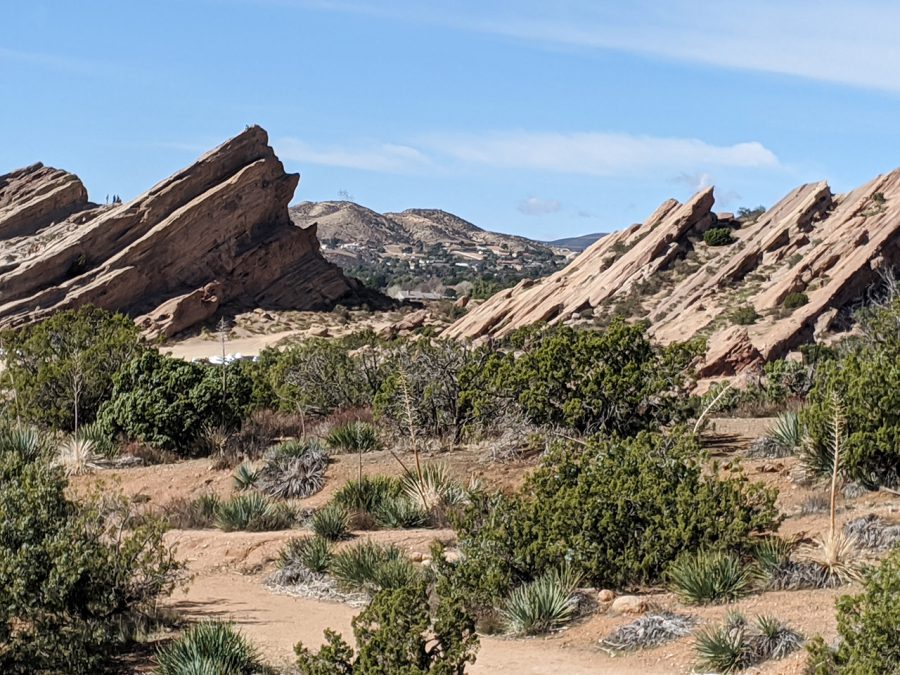
Vasquez rocks is a highlight in Section D of the PCT.
Parts of Sections D and E are what thru-hikers call derisively “connector miles.” If the PCT were a necklace, the national parks, the big mountains, and the epic landmarks are the gems. The rest of the trail is the string of the necklace—connecting the gems.
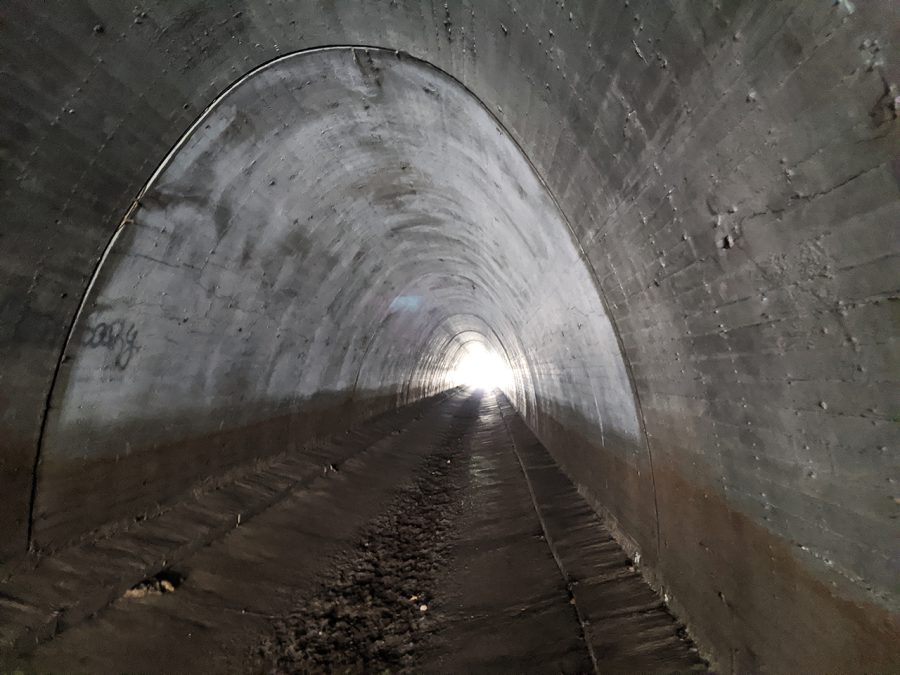
The hiker tunnel under Highway 14.
But as a section hiker, I’ve come to appreciate even the less iconic parts of the PCT. During coronavirus, when I spend more time indoors than ever, I cherish anytime I can spend outdoors looking at big scenery.
I think sometimes, as thru-hikers, we get spoiled looking at so much beautiful scenery day-after-day. Sometimes, we can’t appreciate the subtle beauty of smaller mountains. As a section hiker, I’ve had a chance to see each section with new eyes. The winter light on the hills is gentler than the harsh sunlight in May and June. Visiting the PCT in a different month than when I thru-hiked is like visiting an old friend who got a crazy new haircut. Underneath, it’s still the same. But it still feels a little like becoming friends with someone new.
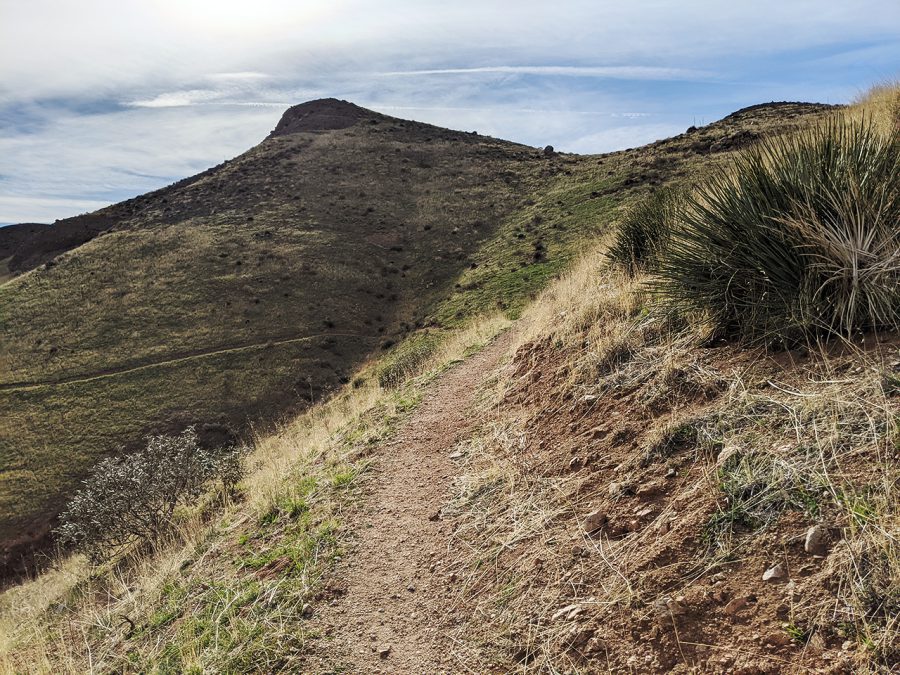
The green mountains above Solded Canyon road near the Acton KOA campground, a favorite hiker stop on the trail.
The California Aqueduct in the Mojave Desert in Section E is famous (or should I say infamous?) among thru-hikers. The Mojave desert is often over 100F during the day when thru-hikers reach it in May or June. The section has little shade, little water, and easy navigation. Many thru-hikers chose to rest together and prepare during the day, staying at Hikertown, a hostel operated by a trail angel. Then as a group, they night hike 16 miles to the first water source at Cottonwood Bridge. The night hike along the aqueduct become a rite of passage for hikers—a group bonding event.
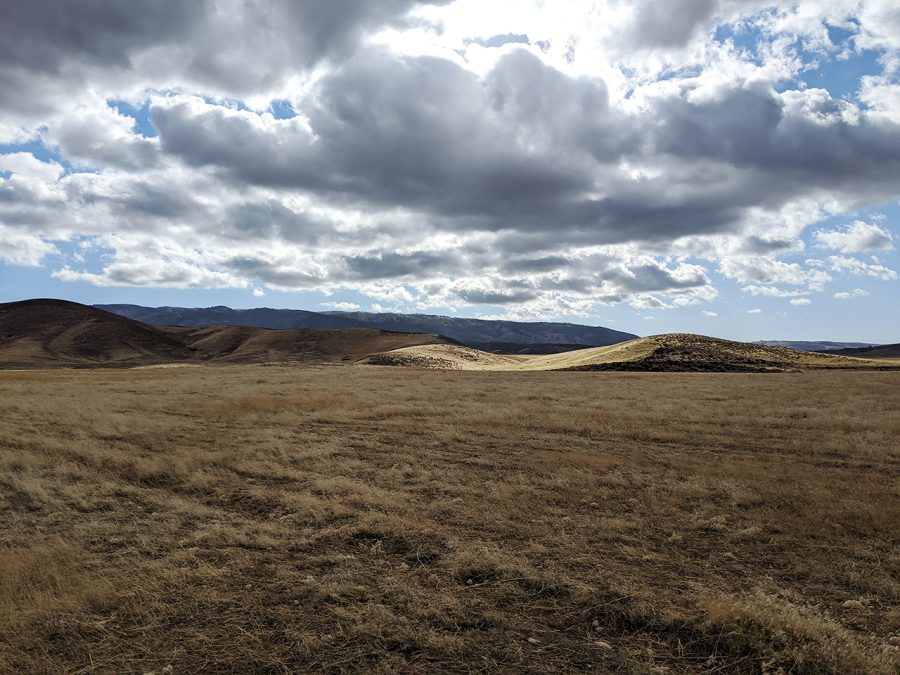
Beautiful rain clouds near Hikertown.
When I hiked the aqueduct section this February, I knew it wouldn’t be the same. I’d be alone and I wanted to hike it during the day. I was hoping for temperatures cooler than 100F—but I wasn’t expecting a snowstorm and temperatures below freezing even in the middle of the day. Wind over 30 miles per hour added to the chill. The lower Tehachapi foothills are so windy that they are sites for windfarms. I unfortunately lost a stuff sack to the wind while setting up my tent. It was funny to think that this section is normally so hot for most PCT hikers!
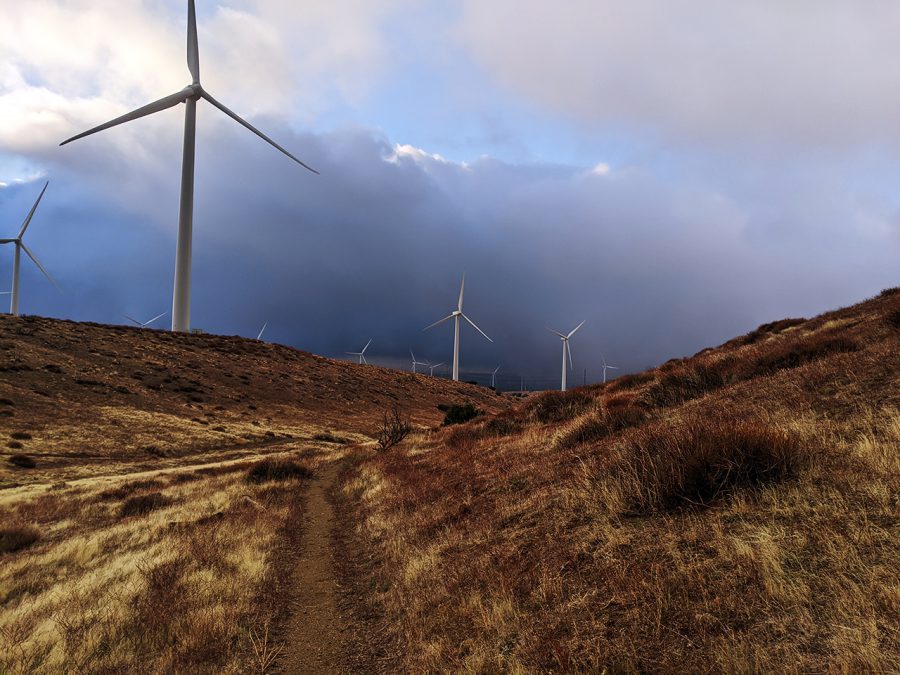
A storm in the Tehachapi mountains near the windmills brought snow and lots of wind.
One difference I noticed between thru-hiking and section-hiking is my body’s inability to hike as far each day. By 400 miles into the PCT, many thru-hikers have their “trail legs.” Our bodies have become accustomed to walking every day. But despite all the exercise and day hikes I do as training during the pandemic, as a section hiker, I still can’t quite get into that same “thru-hiker level” of fitness. That only comes to me after a few weeks of living on the trail.
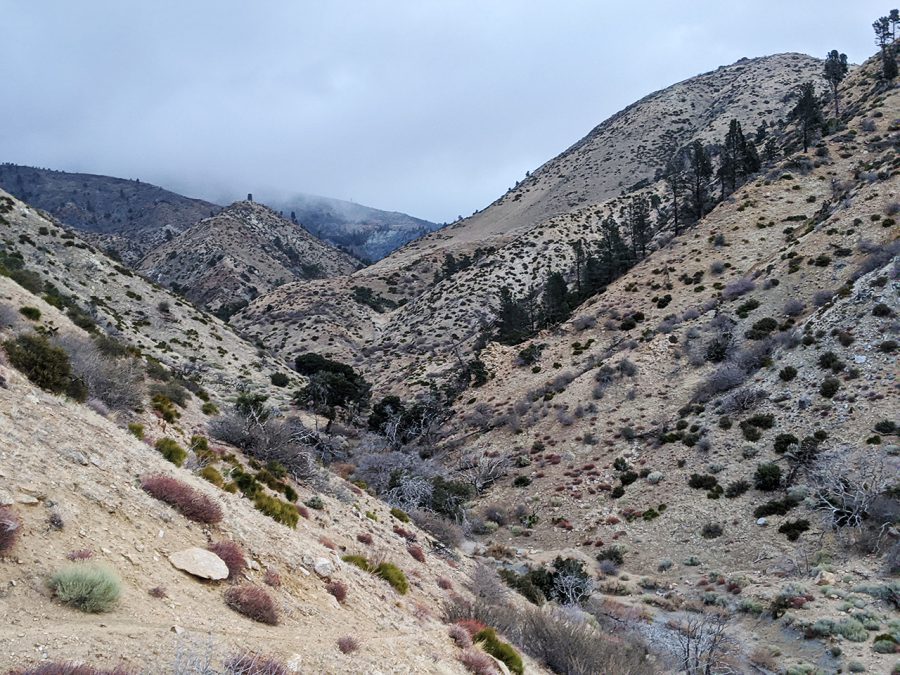
I woke to a storm that had blown in and covered the mountains.
Another difference between hiking in late spring and hiking in winter is the amount of daylight. Still, given that my body isn’t quite as strong as a section hiker than I am as a thru-hiker, I’m ready to rest when the sun sets at 5:30 pm.
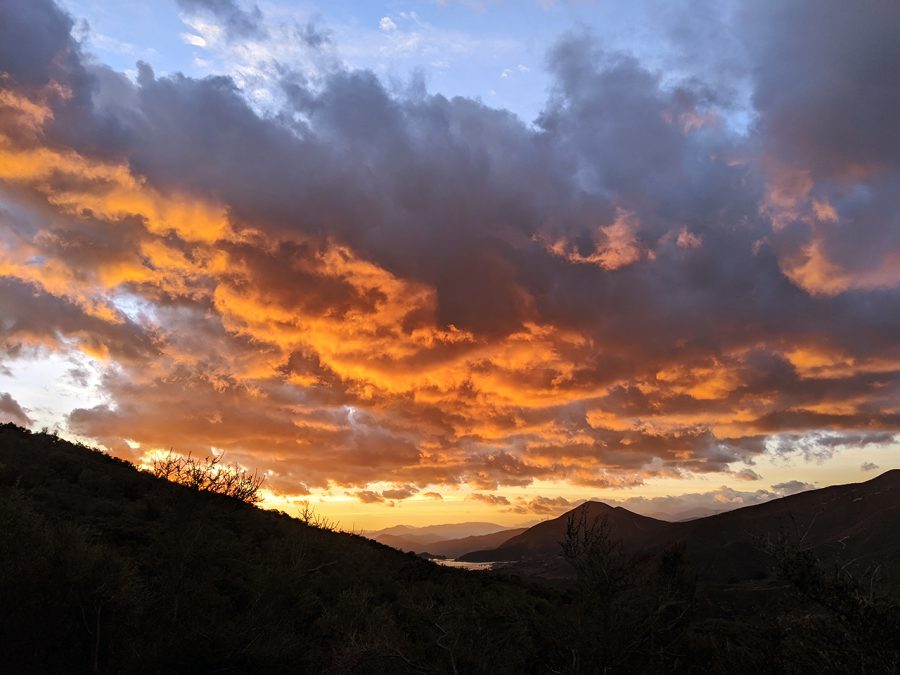
A sunset near Sierra Palona mountain.
Related Articles
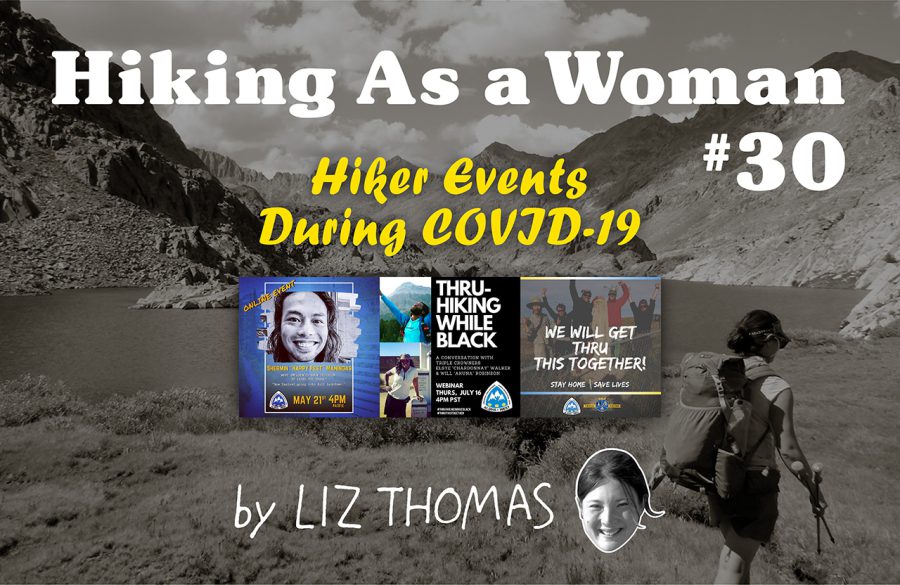
リズ・トーマスのハイキング・アズ・ア・ウーマン#30 / コロナ期に北米ではどのようにハイカーイベントが開催されているか

リズ・トーマスのハイキング・アズ・ア・ウーマン#29 / 「with コロナ」のハイキング (前編) 〜守るべき6つのガイドライン〜
- « 前へ
- 2 / 2
- 次へ »
TAGS:

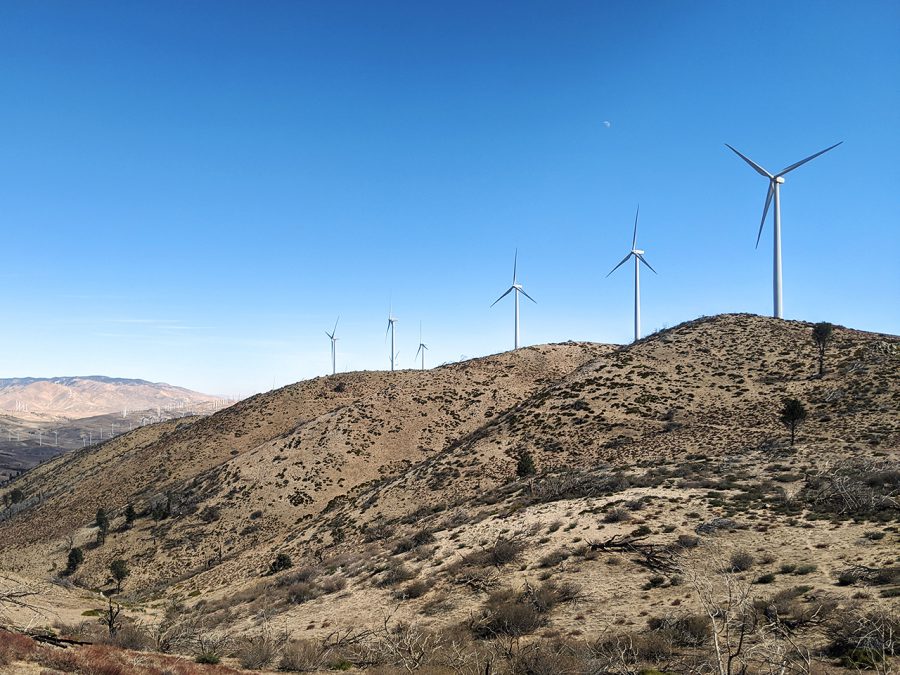
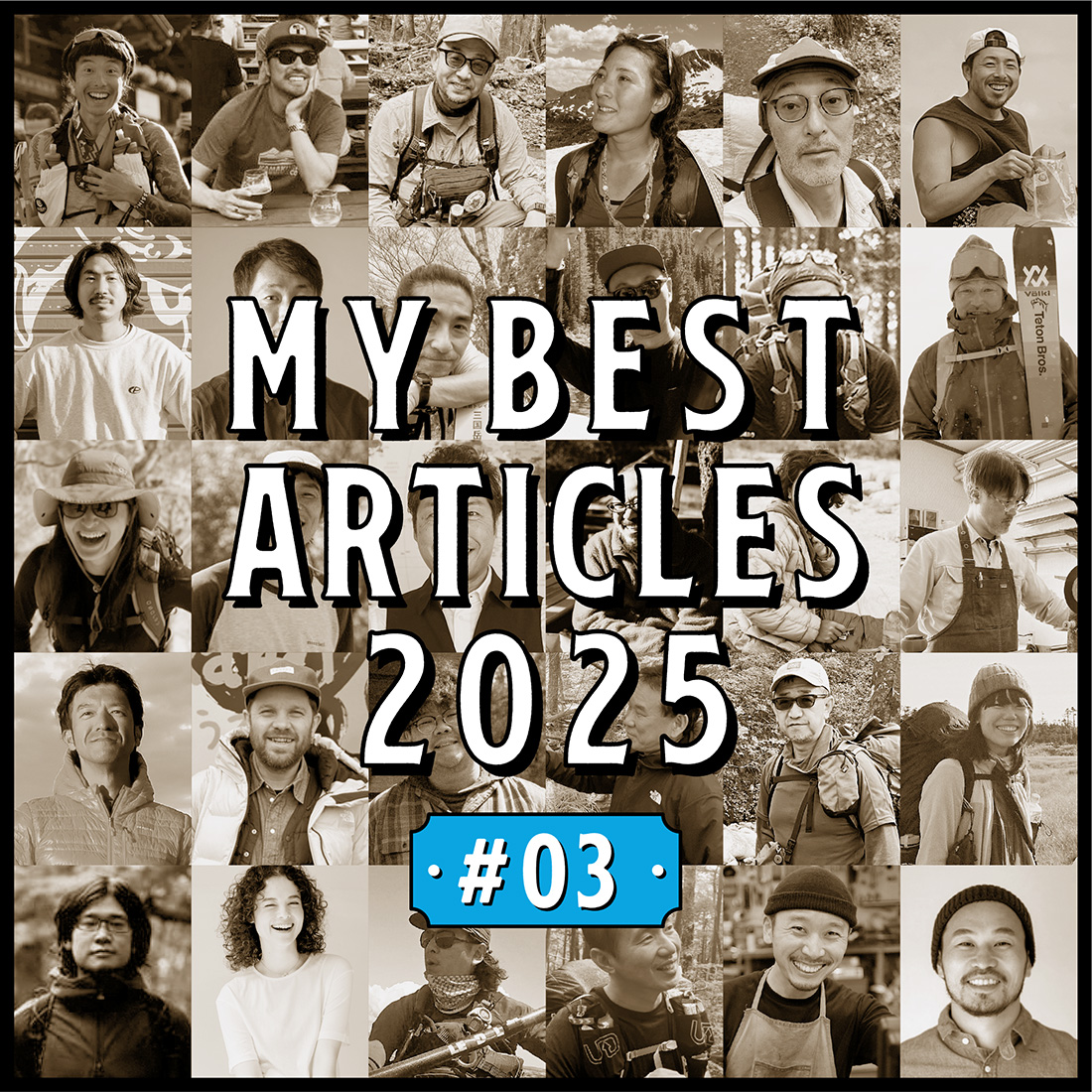
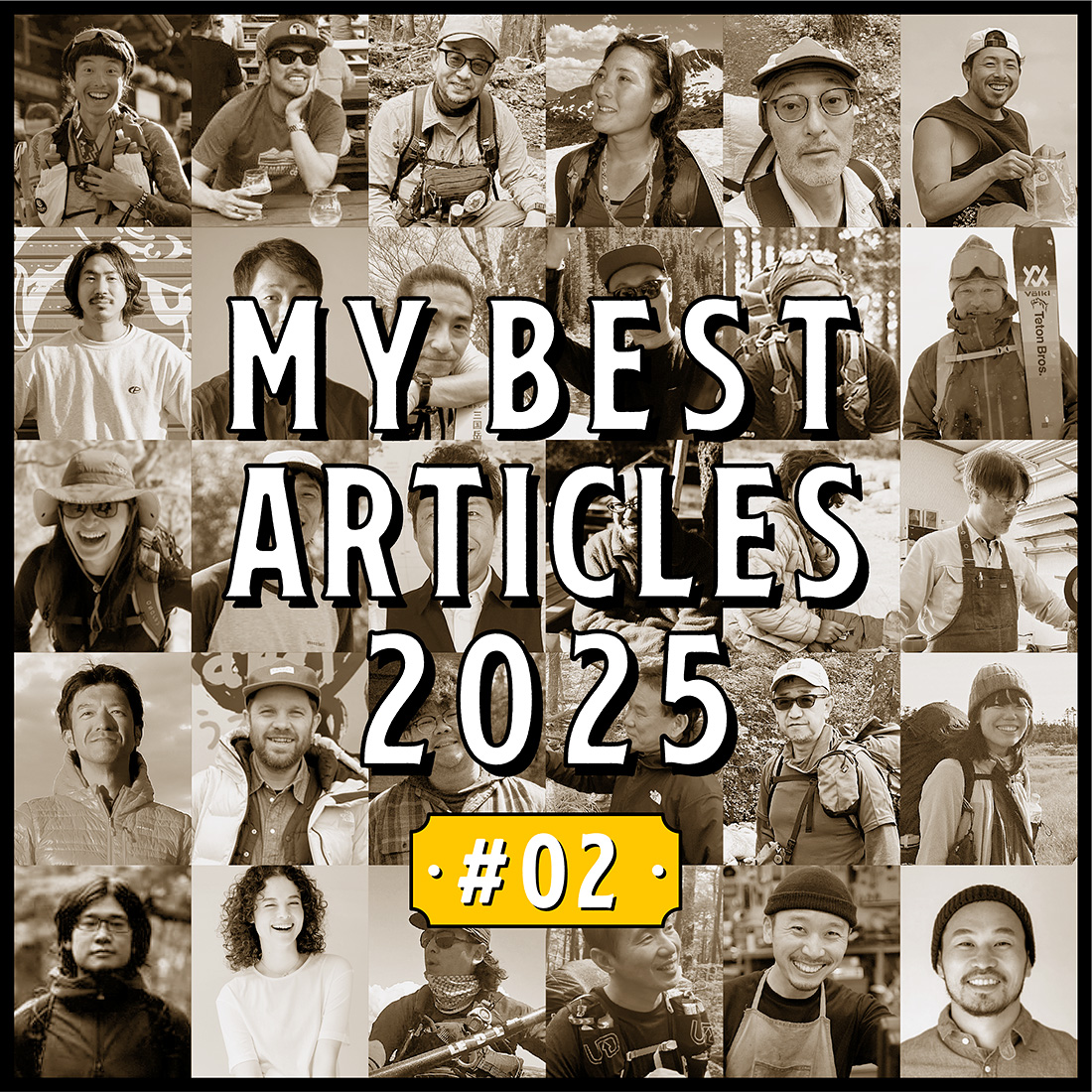
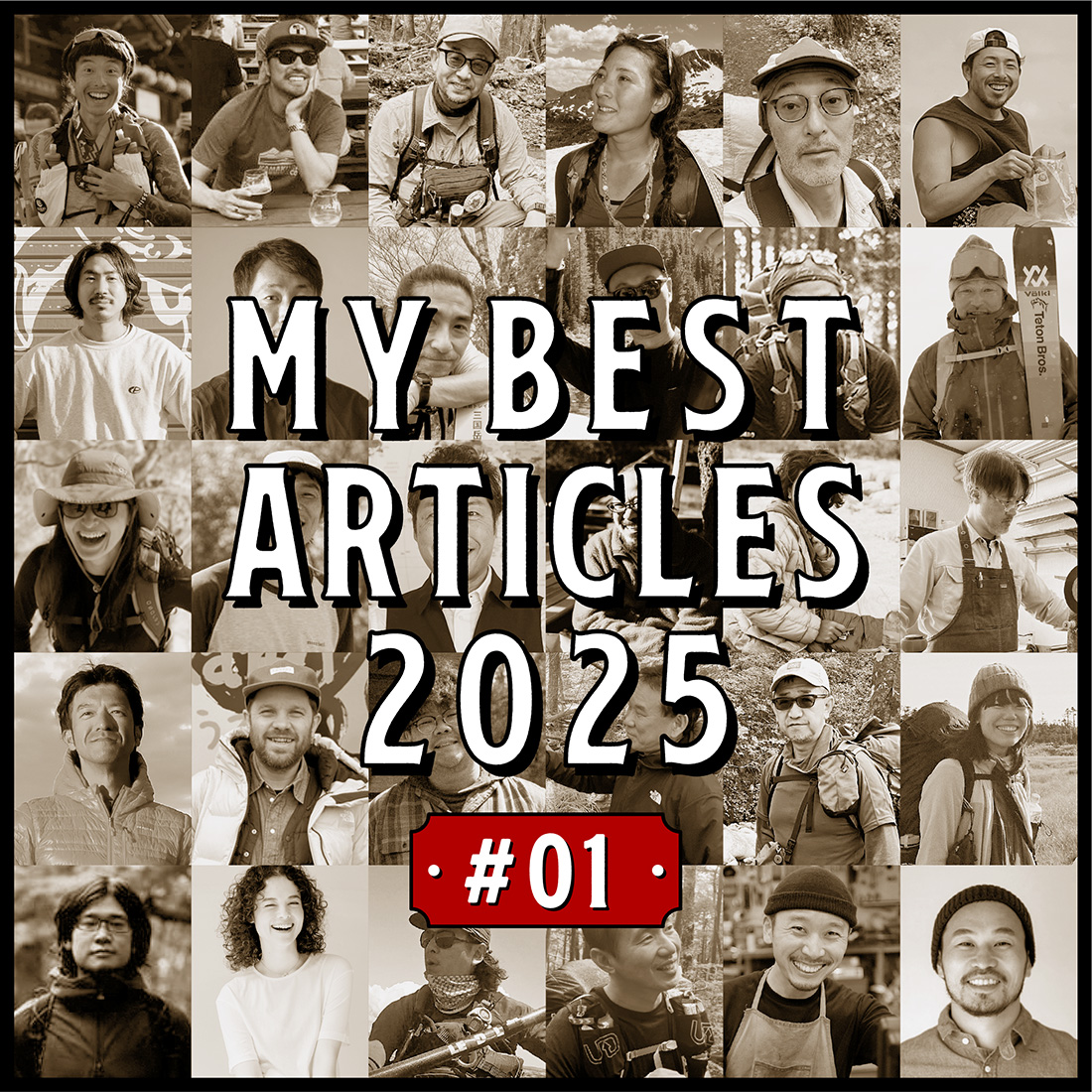
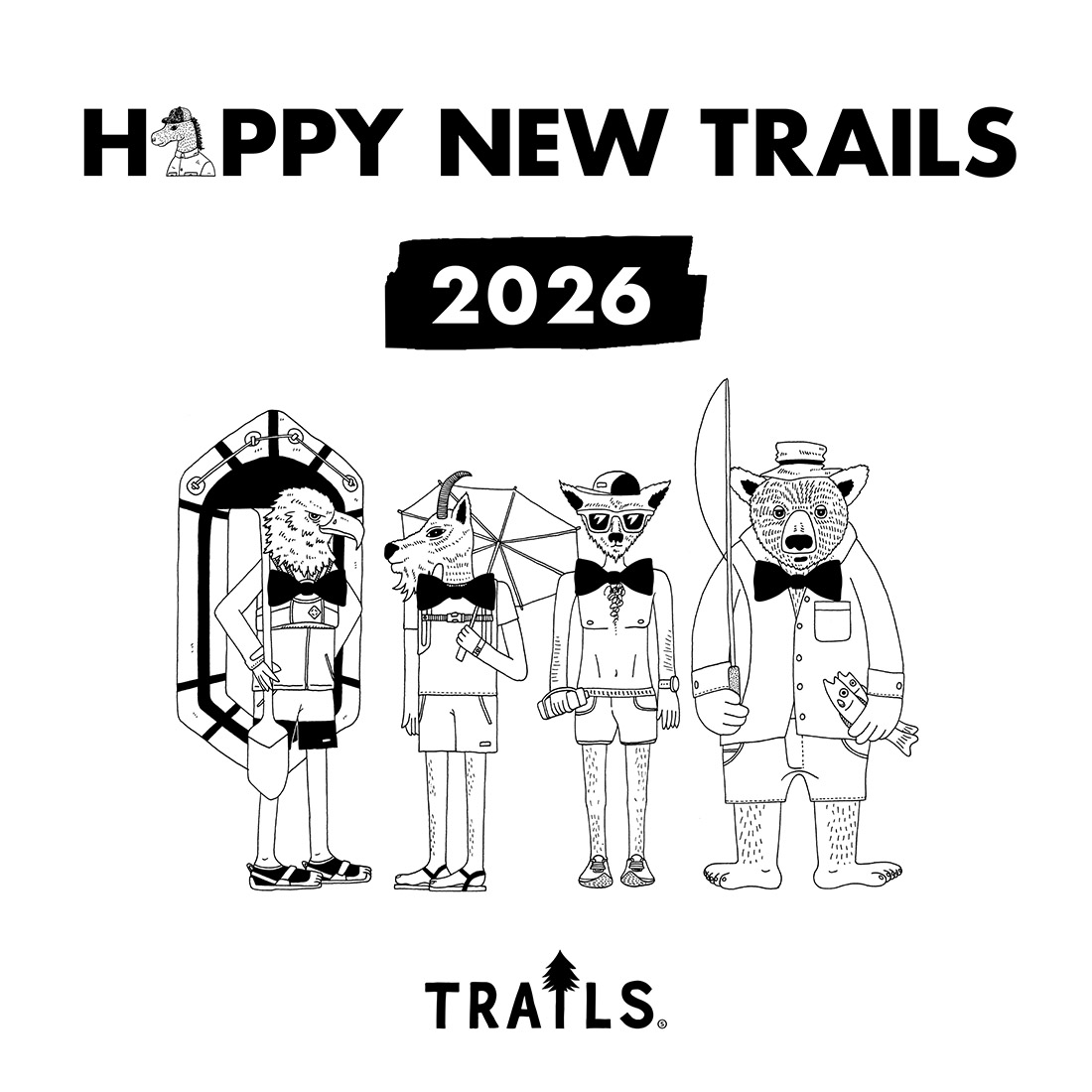
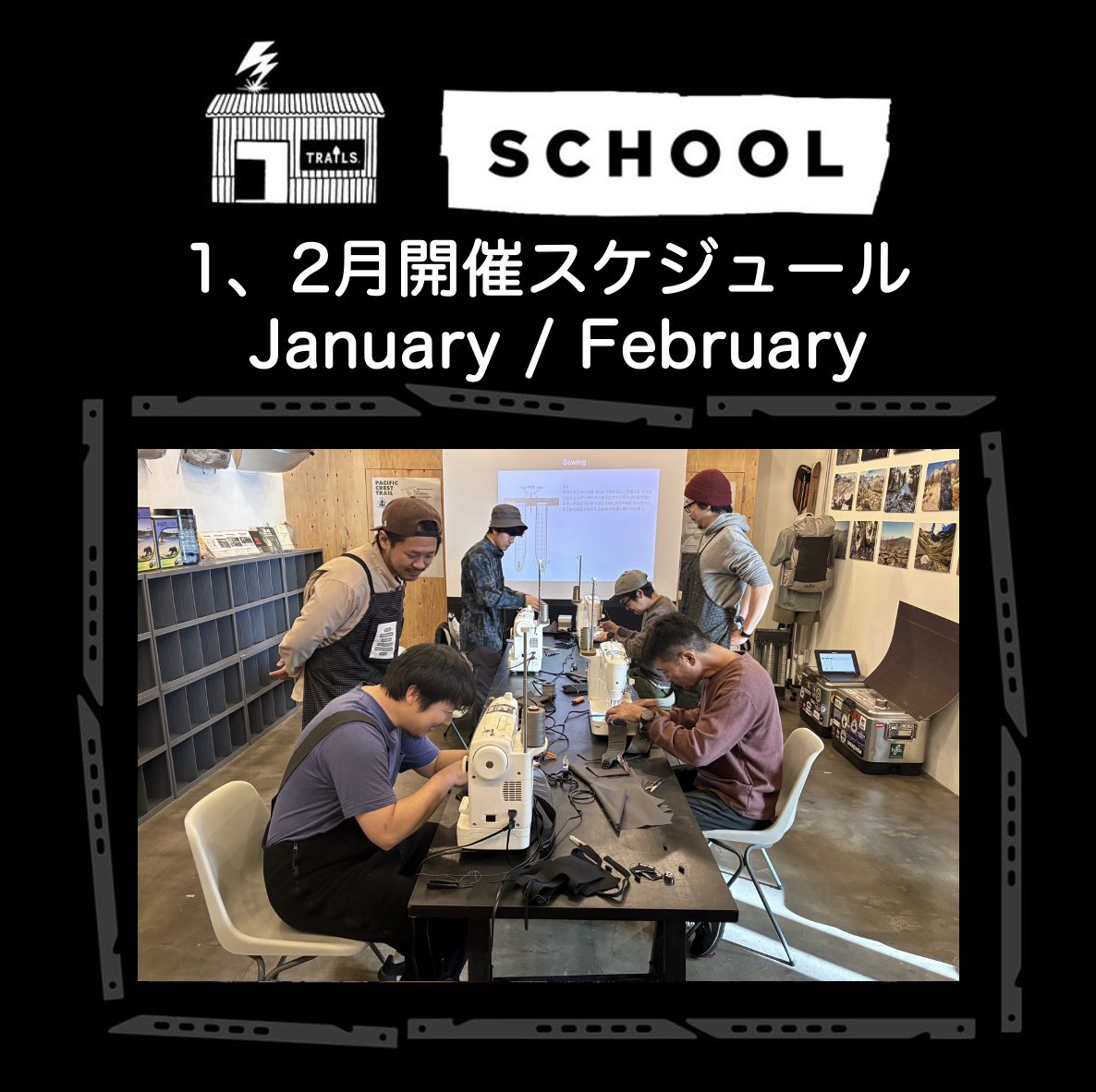
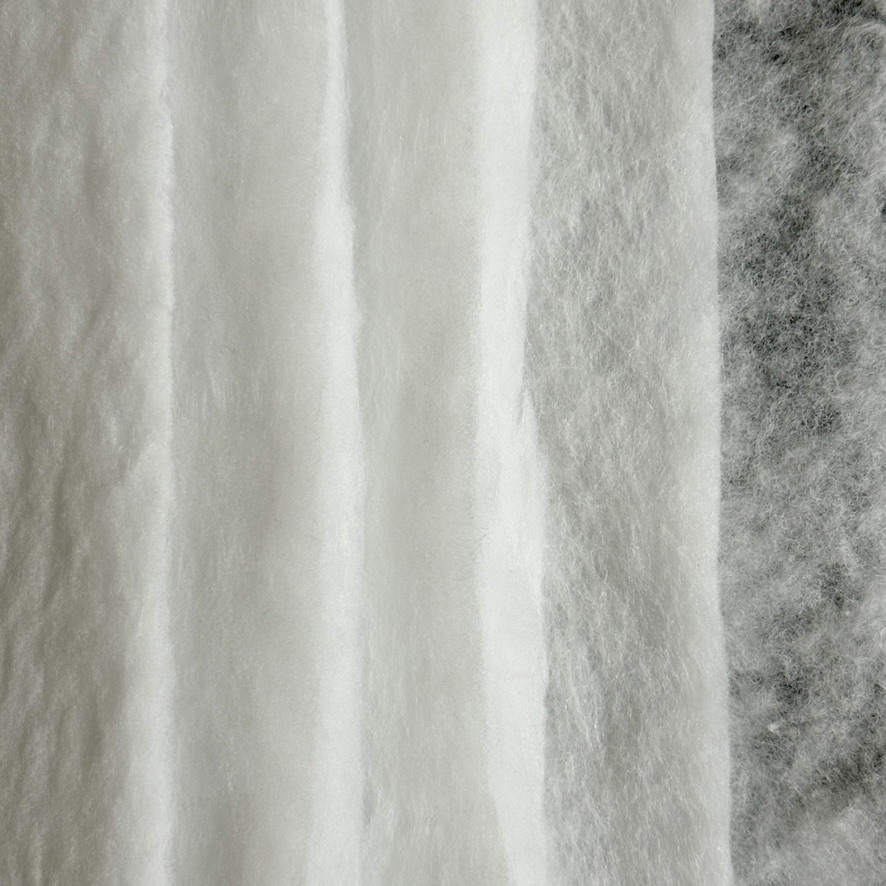







 ULギアを自作するための生地、プラパーツ、ジッパー…
ULギアを自作するための生地、プラパーツ、ジッパー…  ZimmerBuilt | TailWater P…
ZimmerBuilt | TailWater P…  ZimmerBuilt | PocketWater…
ZimmerBuilt | PocketWater…  ZimmerBuilt | DeadDrift P…
ZimmerBuilt | DeadDrift P…  ZimmerBuilt | Arrowood Ch…
ZimmerBuilt | Arrowood Ch…  ZimmerBuilt | SplitShot C…
ZimmerBuilt | SplitShot C…  ZimmerBuilt | Darter Pack…
ZimmerBuilt | Darter Pack…  ZimmerBuilt | QuickDraw (…
ZimmerBuilt | QuickDraw (…  ZimmerBuilt | Micro Pack …
ZimmerBuilt | Micro Pack … 














